#Jobs
Uber Death Watch: Ride-hailing Firm Cuts 3,000 Additional Jobs
Uber Technologies eliminated an additional 3,000 jobs on Monday, closing offices around the world as certain regions revealed less growth than the outfit had hoped for. We covered the ride-hailing firm’s financial situation last week, as reports circulated that it wanted to drop a few billion to acquire Grubhub and enhance its own food-delivery service in the wake of the coronavirus pandemic.
At the time, the firm had already cut 3,700 jobs pertaining to customer support and human resources. Even in the absence of people shunning shared transportation and local governments forcing citizens to stay indoors, Uber’s preexisting inability to turn a profit would probably have forced the company to restructure eventually. The pandemic pinned the accelerator to the floor mat, however, likely forcing additional cuts by the company’s own admission. Considering Uber has already axed about a quarter of its global workforce, it’s probably time to place it on death watch.
New Production Restart Dates for Toyota, Hyundai
Toyota and Hyundai are now aiming to bring assembly plants back online later than initially planned. News of the shutdown extension comes as other automakers, notably Fiat Chrysler, Honda, and Nissan, announced a targeted return to work in the first week of May.
Report: Mass Layoffs Coming to Nissan Workforce
A Tuesday report in Japan’s Nikkei Asian Review claims Nissan is poised to lay off up to 10,000 U.S. workers until assembly work can resume. That’s essentially the automaker’s entire U.S. workforce, and the situation looks pretty much the same overseas.
Ford Eyes Furloughs As Coronavirus Shows No Signs of Early Exit
It would be great if pandemics arrived with clear time frames in tow. Alas, this is not the way nature works. And for companies dependent on workers, um, working, the unpredictability of a viral outbreak means every cost-saving measure is on the table.
At Ford, which has already announced a hiring freeze and executive pay cuts, existing efforts might not be enough to stabilize its balance sheet.
FCA Deferring Payment for Salaried Employees
Fiat Chrysler Automobiles is deferring 20 percent of salaried workers’ pay until June while CEO Mike Manley endures a 50-percent cut to his annual earnings. With the pandemic still attempting to grip more of North America, this was to be expected. Other domestic nameplates have already issued notices of deferred payments to executives staffers, noting that additional measures would likely need to be taken if COVID-19 fails to recede in the coming months. Seeing the writing on the wall, FCA seems to have jumped straight into phase two.
Ford Defers Payment for Top Executives to Cope With Coronavirus
While Ford Motor Co. plans to reopen several factories by early April, it’s not doing much of anything at present. That’s a standard problem among domestic brands with the coronavirus afoot, and two of them — Ford and General Motors — are coming off sizable restructuring efforts that included staffing reductions in the thousands. Additional cutbacks aren’t desirable; not with everyone watching how these companies handle the outbreak.
As it secures extra spending power from credit lines, Ford knows the steep financial cost of having the majority of its workforce stuck at home (to say nothing of its customers) will be steep. A plan is now afoot to keep jobs secure.
Have You Heard About the Coronavirus Being Bad for the Economy Yet?
As we attempt to wean ourselves off endless discussions the new coronavirus, we’ve noticed there’s not exactly a glut of alternative news out there. Trade shows are being delayed, factories are being idled, and the whole world seems to be in standby mode as we attempt to stall the spread of COVID-19 following its migration out of China.
Regional quarantines in Asia were already doing a number on supply chains, and it wasn’t long before manufacturers around the world began idling production to further slow the virus’s spread. By the beginning of March, it was becoming quite clear that auto sales would suffer significant impacts as people spent the next several weeks isolated in their own homes. Now, the push is on to assess just how much this whole ordeal will impact an OEM’s bottom line.
Five-speeds to Two-liters: Fiat Chrysler Brings Indiana Plant Out of Mothballs
Not long ago, Subaru announced its intention to bring transmissions to Indiana. Now, Fiat Chrysler plans to replace some of its tranny-building capacity with engine production. Either way, it’s good news for the Hoosier State.
Lost in the shuffle late last week was news that FCA intends to spend $400 million converting the shuttered Indiana Transmission Plant II in Kokomo to a home for the automaker’s turbocharged 2.0-liter four-cylinder.
GM Adding Two Shifts At Michigan Plants
Given the disparity between the U.S. and Canadian auto industries, it’s not surprising that Friday started with news of a shift dropped at Fiat Chrysler’s Windsor, Ontario minivan plant and ends with two more added at General Motors facilities just across the border.
GM said today that a shift each will be added to its two Lansing, Michigan assembly plants; one to support a brace of new sedans (this could be the last time anyone writes such a statement), the other to support — what else? — crossover production.
Subaru Bringing Transmissions, Parts to Indiana
In an effort to build more things where they’re needed, Subaru of Indiana Automotive will spend $158 million expanding its Lafayette plant. Construction begins this summer.
The cash covers a standalone service parts facility and an add-on to the existing plant, home to the Ascent, Outback, Legacy, and Impreza. That addition will see the automaker’s only non-Japanese facility build the transmissions needed to serve a growing market.
As you’ve read here, Subaru expects to spend 2020 selling.
French Government Warns Renault Against Job Cuts, Factory Closures
Last week, Renault reported its first significant loss in a decade (€141 million) and a 3.3-percent decline in annual sales for 2019. It now expects a flat 2020 and claims it needs to commit itself to a €2 billion restructuring program over the next three years. Alliance partner Nissan also anticipates a weak year, and is doubling down on its own restructuring efforts by showcasing an eagerness to do whatever it takes to restore profitability.
However, the French government wants Renault to slow down and think about things before it starts shuttering local factories. Owner of a 15-percent stake in the automaker, it doesn’t wish to see its investment doing anything embarrassing. As such, French Finance Minister Bruno Le Maire warned the company to be exceedingly careful with how it handles business in France, urging it to avoid any measures that might negatively impact domestic employment rates.
Daimler: Here Come the Savings, There Go the Jobs
In November, Daimler announced a restructuring plan that called for the elimination of 10,000 jobs, claiming the effort would result in an estimated 1.4 billion euros ($1.5 billion) in savings by the end of 2022. Chairman Ola Källenius may just be getting warmed up.
According to German outlet Handelsblatt, sources within the company claim austerity measures will be expanded at Tuesday’s investor conference. Källenius is said to raise the job cut figure to 15,000 while scaling back (or dropping) several side businesses that aren’t turning a profit. As well, the automaker will likely axe a few models that don’t fit in with the core brand’s luxury image, starting with the Nissan Navara Mercedes-Benz X-Class.
'Do or Die': Nissan Buying Out U.S. Employees As Cost-cutting Spree Continues
In an effort to reduce expenses and lower its headcount, an embattled Nissan is offering buyouts to its U.S. employees.
It’s rumored that Nissan plans to eliminate thousands of white-collar jobs and shutter several global factories as part of its effort to improve the company balance sheet. Going into 2020 weak and not expecting to make any money, the automaker is turning its focus to restructuring for at least the next 24 months.
“To adapt to current business needs and improve efficiencies, Nissan will offer voluntary separation packages to eligible U.S.-based employees,” the company said in a statement.
Canada's Oldest Auto Plant Runs Out of Vehicles
Canada had just turned 40 and Teddy Roosevelt was running a zoo out of the White House when the first automobiles rolled out of Oshawa, Ontario.
Starting in 1907, Oshawa built vehicles of the McLaughlin Motor Car Company, with the cars carrying Buick drivetrains shipped in from Flint, Michigan. An early alliance! Thank the close friendship between Sam McLaughlin and William Durant for that partnership. The Chevrolet brand set up shop at the lakeside assembly plant not long thereafter, and in 1918 General Motors of Canada Limited was formed from McLaughlin and Chevrolet Canada.
Fast-forward 101 years, and the last GM vehicle has left the factory. Workers put the finishing touches on the final vehicle today.
Vehicle Content Rules Still Slowing North American Trade Deal
Replacing the North American Free Trade Agreement (NAFTA) has proven difficult for the Trump administration. Trade negotiations have progressed slowly, with Mexico, Canada, and the United States rarely seeing eye-to-eye on most issues. Some of the biggest problems have dealt with content requirements.
The latest hangup stems from a rule requiring 70 percent of the steel and aluminum found in North American vehicles to come from the same continent in order to ensure a duty-free existence. Mexico isn’t keen on the proposal — as it sources a large amount of metal from Brazil, Japan and Germany. Meanwhile, the United States is attempting to use the inclusion to appease the United Steelworkers union and keep labor-focused jobs in the country.




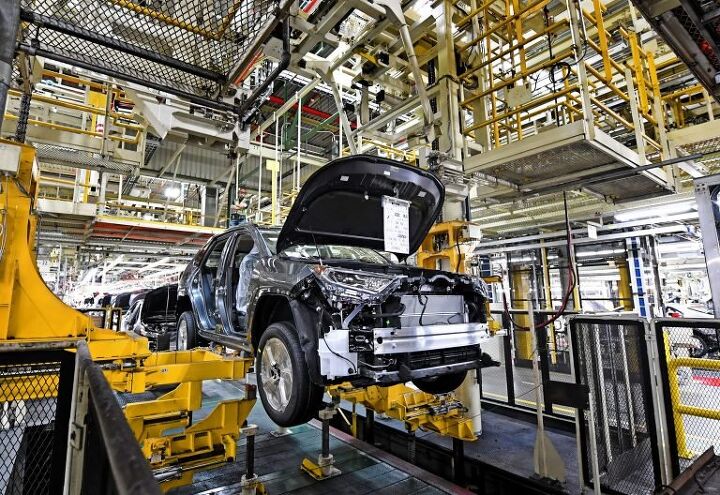
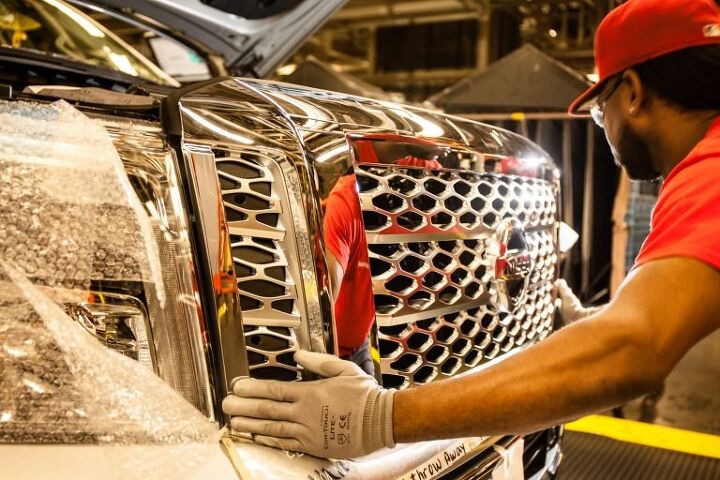





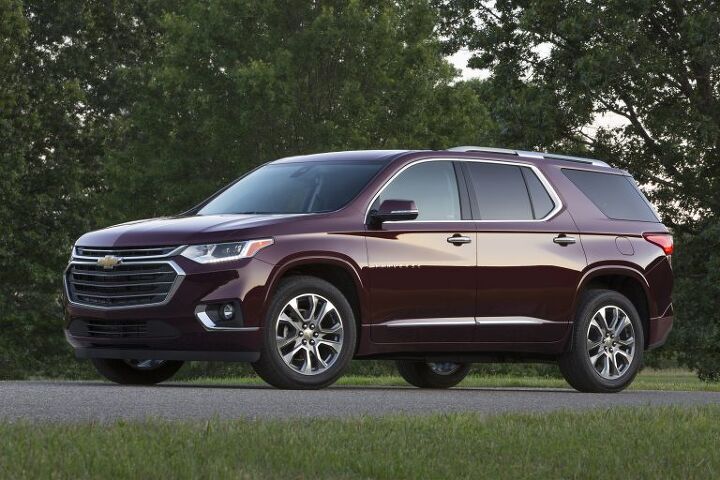



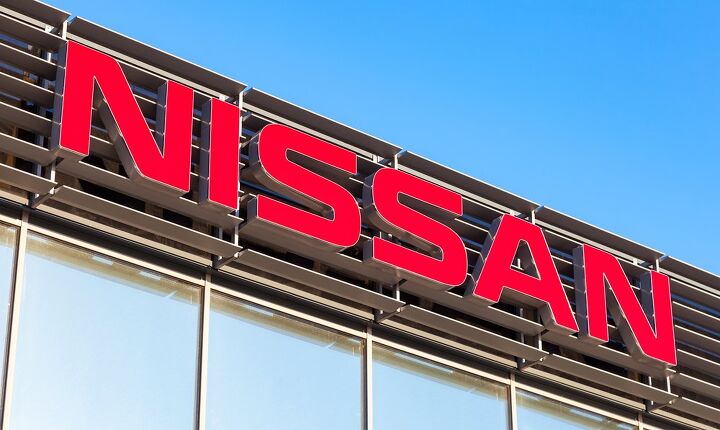
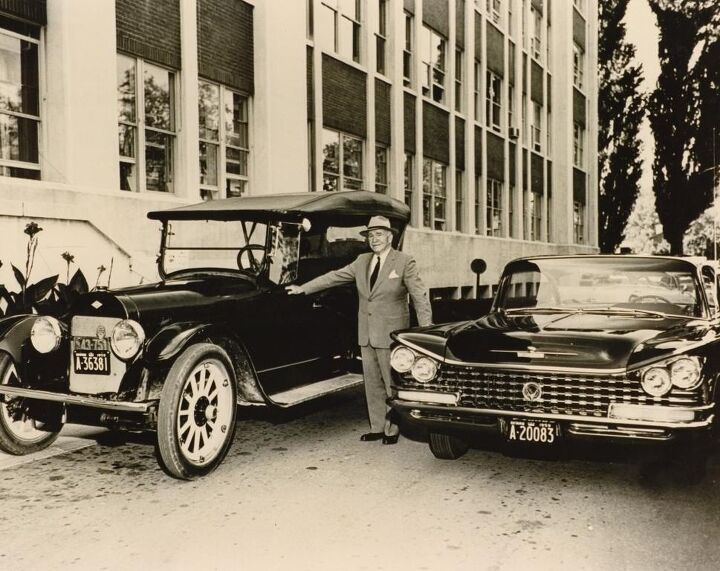













Recent Comments